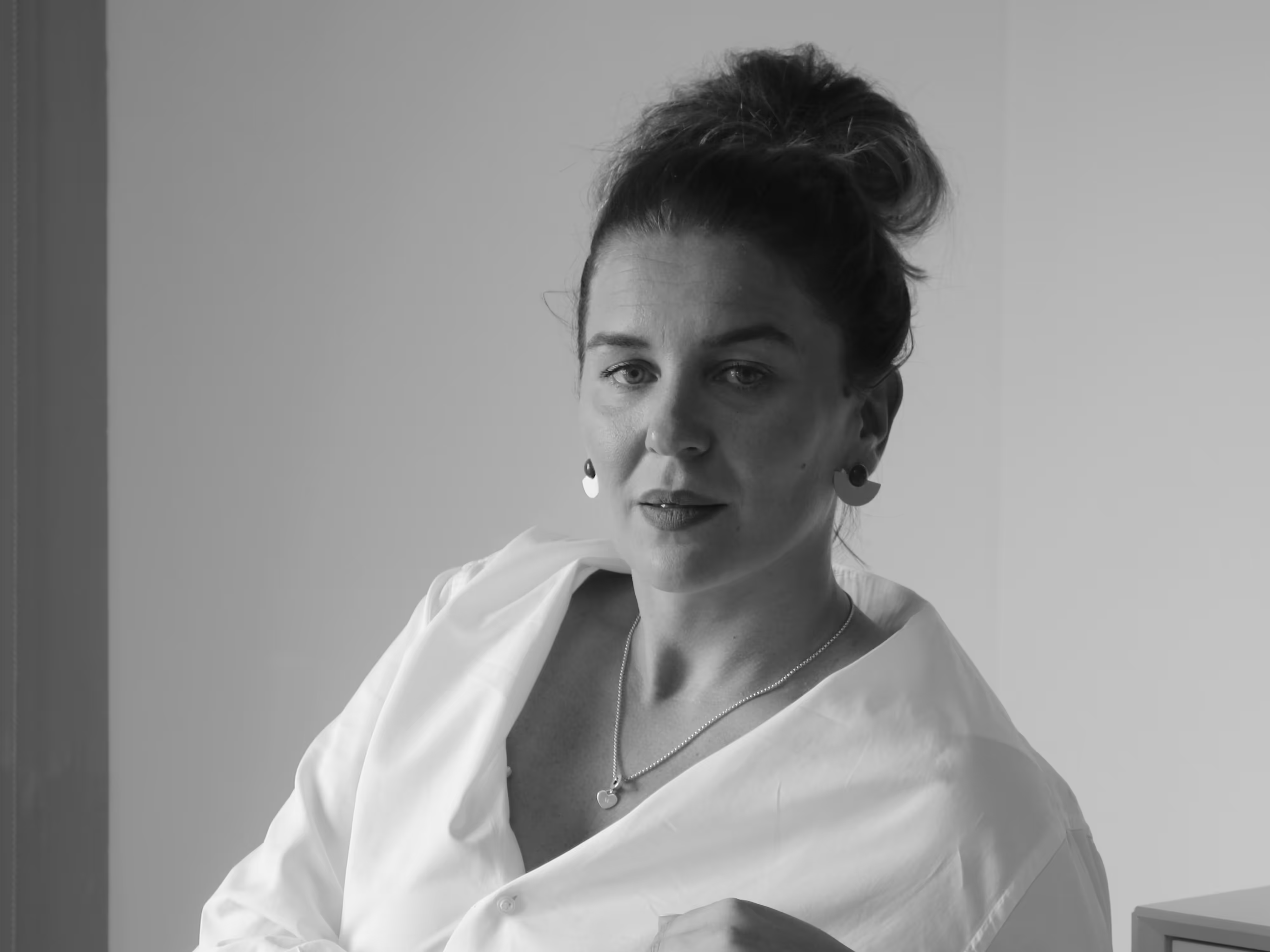May 31, 2024
Team Feature: Mohamed Alaa, BIM Manager
4th November
2025

Workplace Matters continues with a compelling reflection from Ena Mujagic, Head of Interior Design at Kettle Collective, who shares her thoughts on the rising presence of AI in design and why we must protect the human creativity at the heart of our craft.
Artificial Intelligence (AI) has become an unavoidable presence in the design world. It is increasingly embedded in our processes, helping to generate ideas, support research, and streamline administrative tasks. While its value as a tool to enhance efficiency and assist with technical aspects is undeniable, we must be careful not to let AI replace the essence of our work: human creativity and intuition.
For me, AI is an extraordinary support system. It can save hours, even days, of effort and frees designers to focus on what truly defines great design: storytelling, emotion and human connection. AI can assist, but it cannot replace the lived experiences, observations and instincts that drive human designers to create meaningful, original work.
Over reliance on AI risks producing “off-the-shelf” solutions that feel generic and lack strong purpose. Design is, at its core, a human craft. Some of the most innovative ideas emerge from spontaneous, personal moments that no algorithm could replicate. A memorable example is when Tony Kettle conceived one of his major projects simply by watching his daughter play with Lego. It was a spark of pure inspiration rooted in everyday human experience.
One of the greatest challenges facing designers today is time — or more accurately, the lack of it. In an industry that often expects results “yesterday,” the pressure to deliver can erode the space needed for genuine creative exploration. This is where AI risks shifting from a supportive tool to becoming the primary driver. As an industry, we must advocate for preserving the time and freedom required for human creativity to flourish.
For the next generation of designers, entering a profession already intertwined with AI, it is essential to nurture the core values of human-led design from the start. These skills must be cultivated and protected so designers never become dependent on technology to define their creativity.
Used thoughtfully, AI can elevate the way we work. It is here to stay and should be embraced to enhance — not replace — our craft. The message remains clear: over reliance on AI is a risk. Let us safeguard the qualities that make us human — the curiosity, emotion and perspective that breathe life into every truly exceptional design.
